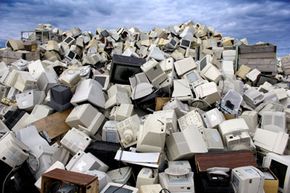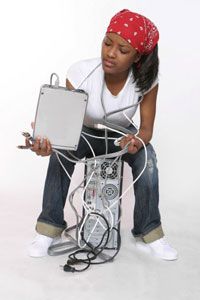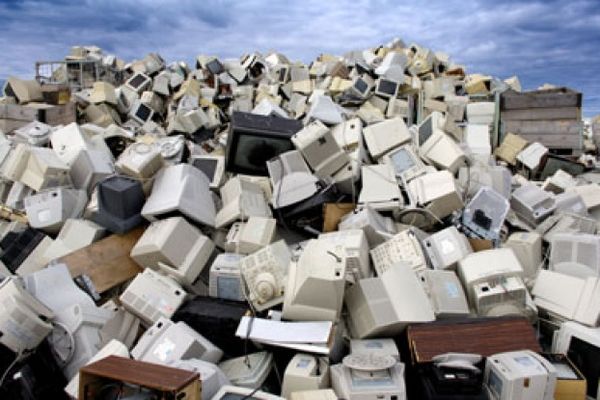You're a student in need of a new computer. That old desktop you've had for three years is just too slow to keep up with the pace of progress. So you're looking to buy. You've got a little cash, but you have your eye on a nice laptop that costs more than your budget would normally allow. You're about to settle for a machine with a slower processor and a little less memory, when you spot a listing on the manufacturer's Web site. It says: "Refurbished Computers."
Following the link takes you to a page where you see the machine you want -- it's $400 less than a brand-new machine. Great! You should be able to get it with your next paycheck! But wait, the listing says that it's refurbished. What does that mean?
Advertisement
That depends on whom you ask. The electronics industry as a whole doesn't have an official definition for what it means to be refurbished. To refurbish something means that it's been renewed or updated in some way, and in general, that's true for electronics. Perhaps an item had a bad circuit board, or the glass face on a music player got scratched and it's been replaced, but in some cases, a refurbished item may have had its packaging damaged badly in the process of getting it to the store. The item inside may be just fine, but the retailer may have decided to send it back for repackaging. Or it's possible that the shipping box could be opened and retaped.
The one thing the label means with any certainty is that a refurbished item can't be sold as new. Because of that, and possibly because of the ambiguity of the "refurbished" label, consumers often shy away from buying refurbished products, even when they may be perfectly fine.
So what should you do? You could get your computer now and use the extra money for something else. Or will you just have to send the machine back after you've had it for just a few days? The decision you make just may have global consequences. Read on to learn more.
Advertisement





